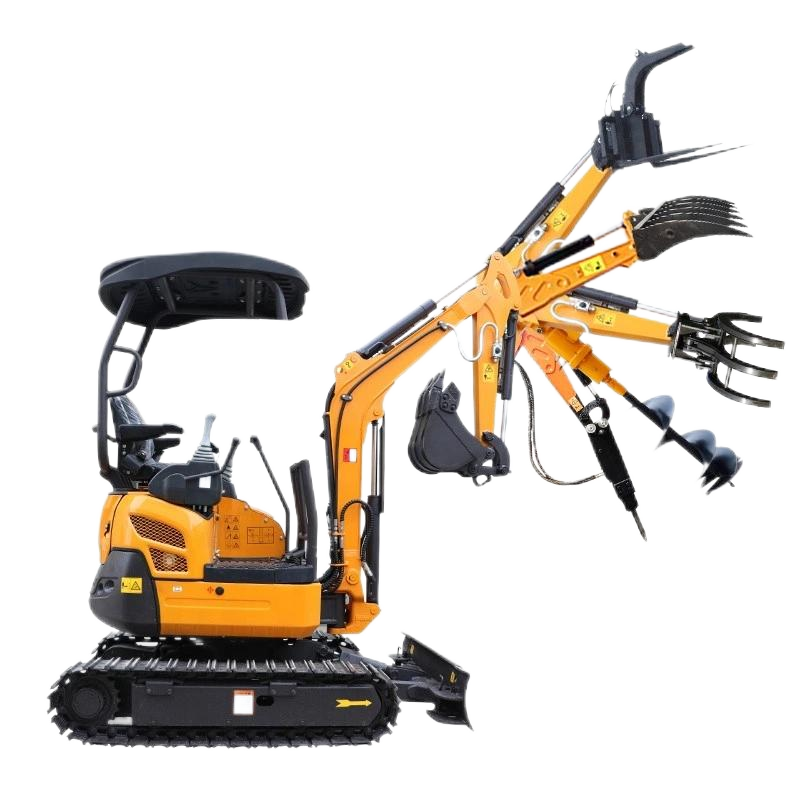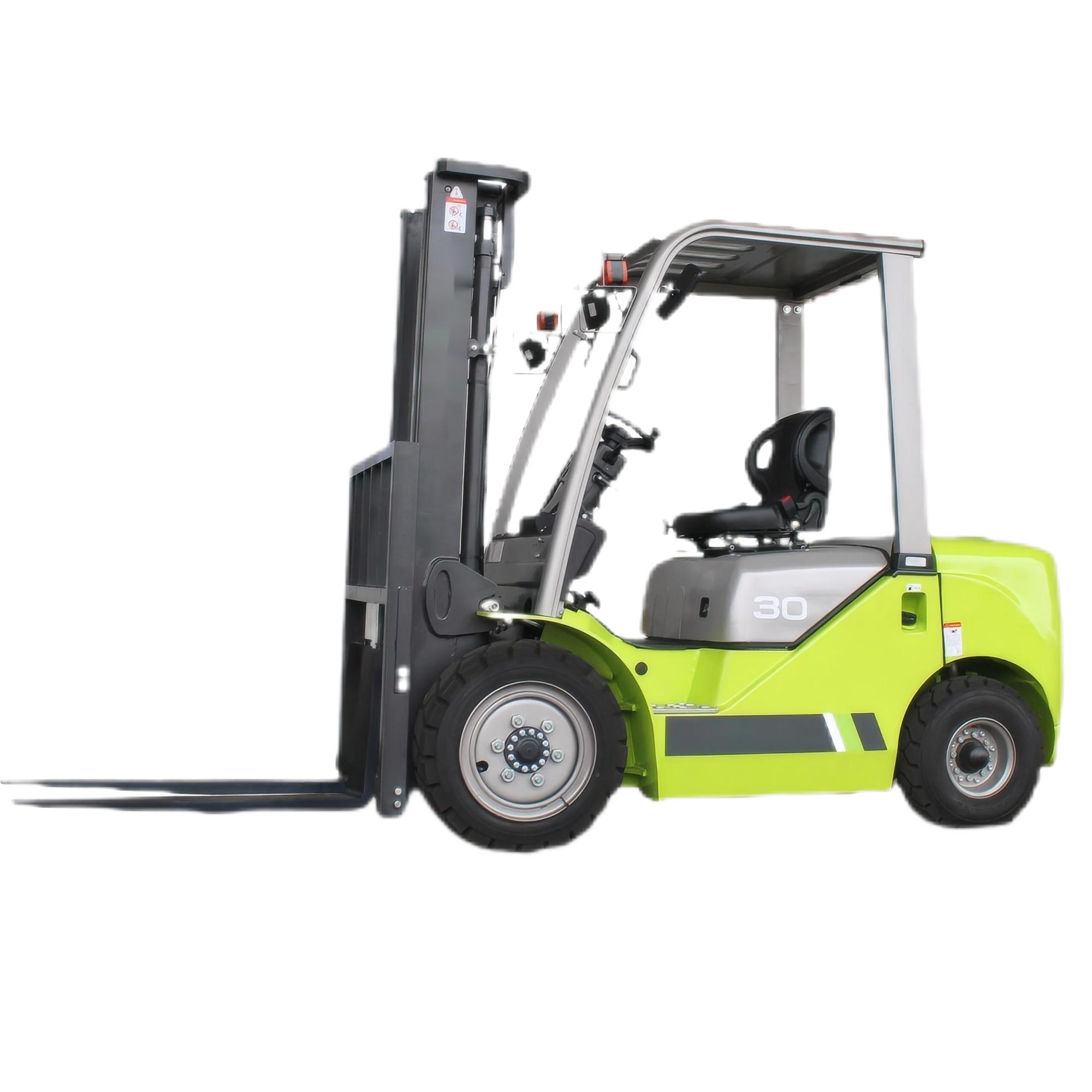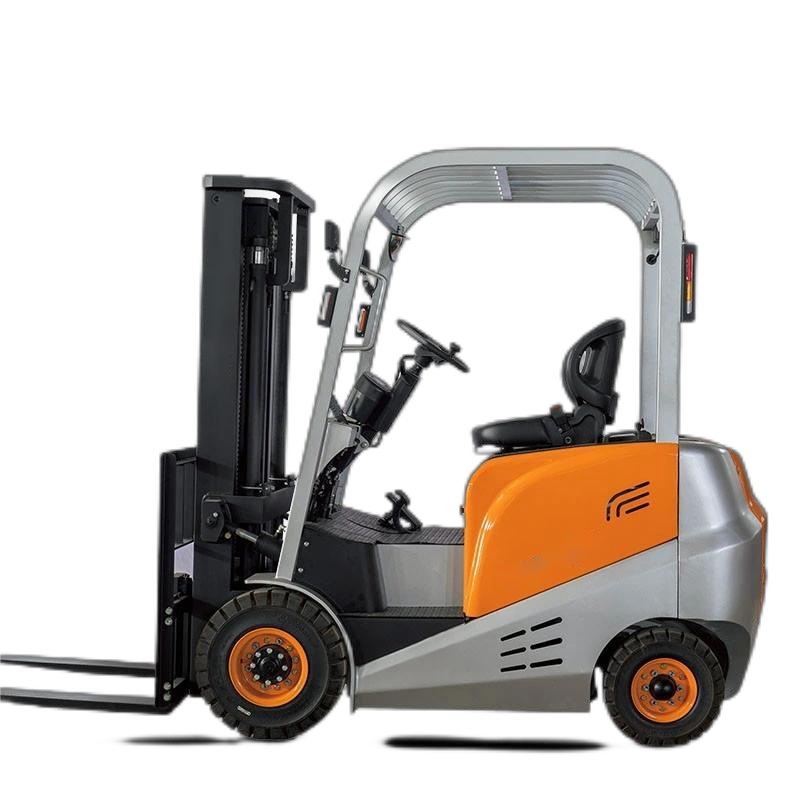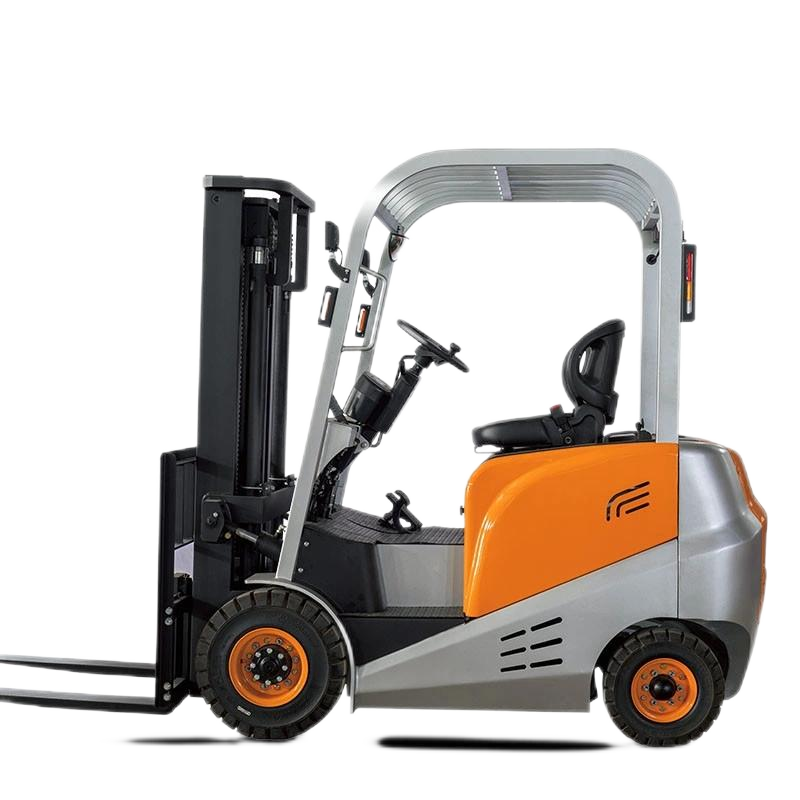The configuration of a 1-ton mini excavator generally includes the following aspects:
Power System
Engine: Generally, a small diesel engine or an electric motor is used. The power of a diesel engine is usually around 10 - 20 horsepower, which is characterized by strong power and large torque, and is suitable for working in outdoor environments with sufficient fuel supply. The electric motor, on the other hand, has the advantages of low noise, no pollution, and simple maintenance. It is suitable for indoor or urban environments with high environmental protection requirements, and its power is generally around 7 - 15 kilowatts.

Hydraulic System
Hydraulic Pump: Gear pumps or piston pumps are mostly used, which can provide stable hydraulic power to ensure smooth and smooth movements such as digging, lifting, and slewing of the excavator. The gear pump has a simple structure and low cost, and is suitable for working conditions with small loads; the piston pump has a higher pressure and flow output, which can meet the operating requirements of the excavator in complex working conditions.
Hydraulic Cylinder: It is used to control the movement of various working components of the excavator, such as the boom, arm, bucket, etc. The diameter and stroke of the hydraulic cylinder are designed according to the working requirements of the excavator to ensure that the excavator has sufficient digging force and working range.
Hydraulic Valve: It includes directional control valves, pressure control valves, flow control valves, etc., which are used to control the flow direction, pressure, and flow rate of the hydraulic oil to achieve precise control of various actions of the excavator.
Hydraulic Pump: Gear pumps or piston pumps are mostly used, which can provide stable hydraulic power to ensure smooth and smooth movements such as digging, lifting, and slewing of the excavator. The gear pump has a simple structure and low cost, and is suitable for working conditions with small loads; the piston pump has a higher pressure and flow output, which can meet the operating requirements of the excavator in complex working conditions.
Hydraulic Cylinder: It is used to control the movement of various working components of the excavator, such as the boom, arm, bucket, etc. The diameter and stroke of the hydraulic cylinder are designed according to the working requirements of the excavator to ensure that the excavator has sufficient digging force and working range.
Hydraulic Valve: It includes directional control valves, pressure control valves, flow control valves, etc., which are used to control the flow direction, pressure, and flow rate of the hydraulic oil to achieve precise control of various actions of the excavator.
Working Equipment
Boom: It is usually made of high-strength steel, with sufficient strength and stiffness to withstand the huge forces during the digging operation. The length and structural design of the boom will affect the digging depth and height of the excavator.
Arm: It connects the boom and the bucket, and its expansion and contraction are controlled by the hydraulic system to achieve digging and unloading actions. The length and shape of the arm will also affect the working performance of the excavator.
Bucket: According to different operating requirements, there are various types of buckets available for selection, such as standard buckets, wide buckets, narrow buckets, ripper buckets, etc. The capacity of the bucket is generally about 0.05 - 0.1 cubic meters, and it is made of wear-resistant steel plates to improve its service life.
Boom: It is usually made of high-strength steel, with sufficient strength and stiffness to withstand the huge forces during the digging operation. The length and structural design of the boom will affect the digging depth and height of the excavator.
Arm: It connects the boom and the bucket, and its expansion and contraction are controlled by the hydraulic system to achieve digging and unloading actions. The length and shape of the arm will also affect the working performance of the excavator.
Bucket: According to different operating requirements, there are various types of buckets available for selection, such as standard buckets, wide buckets, narrow buckets, ripper buckets, etc. The capacity of the bucket is generally about 0.05 - 0.1 cubic meters, and it is made of wear-resistant steel plates to improve its service life.
Traveling System
Crawler Type: Most 1-ton mini excavators use a crawler traveling system, which has good stability and passability. There are two types of crawlers: rubber crawlers and steel crawlers. Rubber crawlers have low noise and little damage to the ground, and are suitable for environments such as indoors and urban roads; steel crawlers have higher wear resistance and bearing capacity, and are suitable for use in harsh outdoor working conditions.
Tire Type: Some mini excavators use a tire traveling system, which has the advantages of fast traveling speed and good mobility, and is suitable for quickly transferring the working site on flat roads. However, the stability of tire-type excavators is relatively poor, and their operating ability on soft ground or slopes is not as good as that of crawler-type excavators.
Crawler Type: Most 1-ton mini excavators use a crawler traveling system, which has good stability and passability. There are two types of crawlers: rubber crawlers and steel crawlers. Rubber crawlers have low noise and little damage to the ground, and are suitable for environments such as indoors and urban roads; steel crawlers have higher wear resistance and bearing capacity, and are suitable for use in harsh outdoor working conditions.
Tire Type: Some mini excavators use a tire traveling system, which has the advantages of fast traveling speed and good mobility, and is suitable for quickly transferring the working site on flat roads. However, the stability of tire-type excavators is relatively poor, and their operating ability on soft ground or slopes is not as good as that of crawler-type excavators.
Electrical System
Starting Motor: It is used to start the engine and provide sufficient torque to make the engine run.
Generator: When the engine is running, the generator supplies power to the electrical equipment of the excavator and charges the battery at the same time.
Lighting System: It includes headlights, taillights, work lights, etc., to provide lighting for the excavator when working at night or in low-light environments.
Control System: An electronic control system is adopted to monitor and control various components of the excavator to achieve automated operation and fault diagnosis functions. Some high-end mini excavators are also equipped with a liquid crystal display screen, which can display the working parameters, fault information, etc. of the excavator.
Starting Motor: It is used to start the engine and provide sufficient torque to make the engine run.
Generator: When the engine is running, the generator supplies power to the electrical equipment of the excavator and charges the battery at the same time.
Lighting System: It includes headlights, taillights, work lights, etc., to provide lighting for the excavator when working at night or in low-light environments.
Control System: An electronic control system is adopted to monitor and control various components of the excavator to achieve automated operation and fault diagnosis functions. Some high-end mini excavators are also equipped with a liquid crystal display screen, which can display the working parameters, fault information, etc. of the excavator.
Cab and Operating Device
Cab: The cab of a mini excavator is usually relatively compact, but it is humanely designed to provide a comfortable working environment for the operator. The cab is equipped with devices such as a seat, instrument panel, and operating handle. The seat has good shock absorption performance and can be adjusted in height and angle to adapt to the body size and operating habits of different operators.
Operating Handle: It adopts a dual-handle operating mode, which respectively controls the traveling, slewing, boom lifting and lowering, arm extension and contraction, and bucket opening and closing actions of the excavator. The design of the operating handle conforms to the principles of ergonomics, is easy and flexible to operate, and can precisely control various actions of the excavator.
Cab: The cab of a mini excavator is usually relatively compact, but it is humanely designed to provide a comfortable working environment for the operator. The cab is equipped with devices such as a seat, instrument panel, and operating handle. The seat has good shock absorption performance and can be adjusted in height and angle to adapt to the body size and operating habits of different operators.
Operating Handle: It adopts a dual-handle operating mode, which respectively controls the traveling, slewing, boom lifting and lowering, arm extension and contraction, and bucket opening and closing actions of the excavator. The design of the operating handle conforms to the principles of ergonomics, is easy and flexible to operate, and can precisely control various actions of the excavator.
In addition, a 1-ton mini excavator may also be equipped with some other auxiliary devices, such as breaker hammer pipelines, quick couplers, bulldozer blades, etc., to meet different operating requirements. The specific configurations of 1-ton mini excavators of different brands and models may vary, and users can choose suitable products according to their actual needs and budgets.








